Island of Saipan 1944.
I posted these photo's with a long story on Large Scale Planes a dozen year's or more ago.
In the 1960's and up until the late 1990's I was self-employed as a professional documentary 16mm film producer, including still photographer. In 1971 I got a job with CPB/PBS TV of Washington D.C. and went to American Samoa to help produce 16mm color films.
During my "Sojourn" to Samoa, I went to the island of Saipan on a film assignment in 1974. While there, my tour guide took me all over the island and I captured these photos of what was left on the island after WW-II was over. Enclosed is a photo of me with my beautiful tour guide. What more can I say.

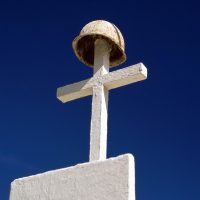

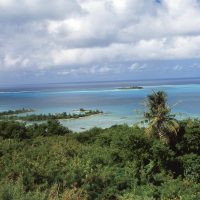
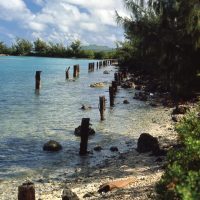
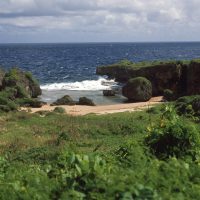
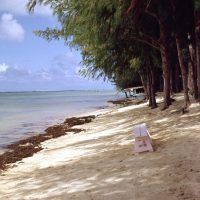
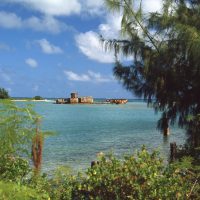
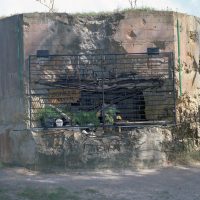
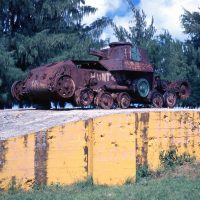

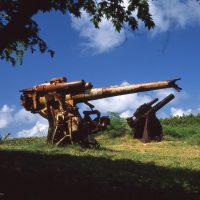
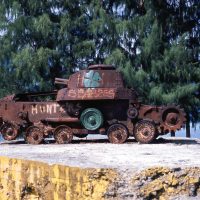

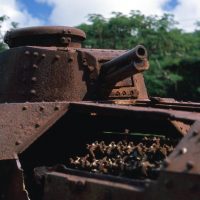
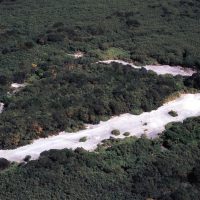
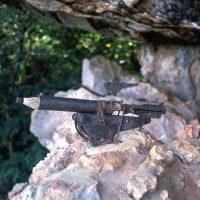
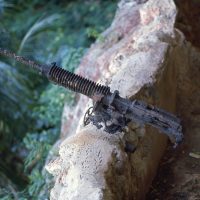
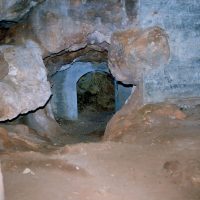
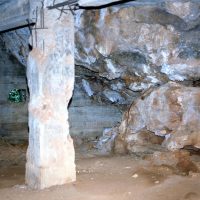

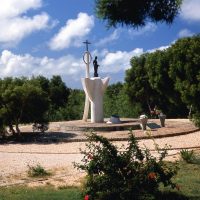
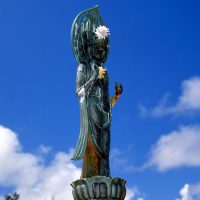
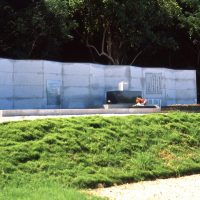
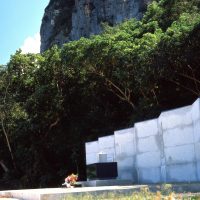
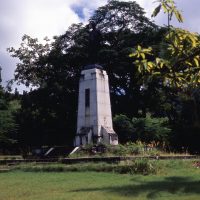

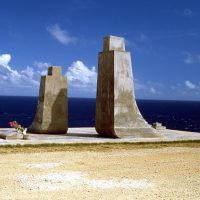
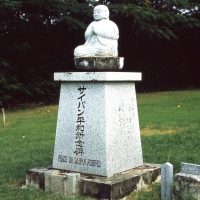
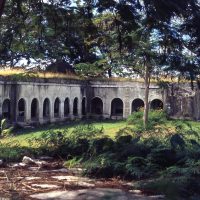
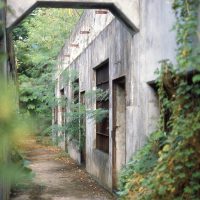
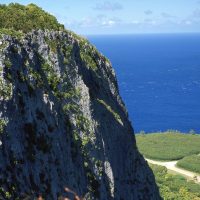
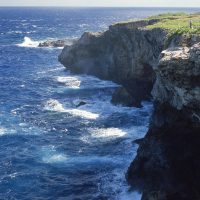
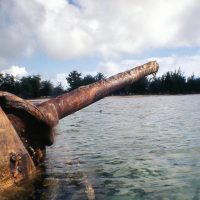
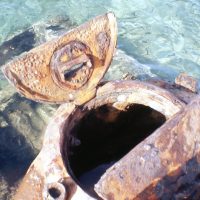
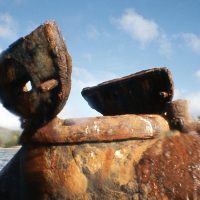
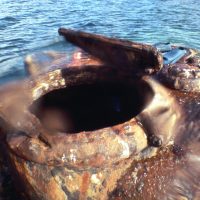
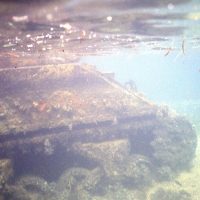


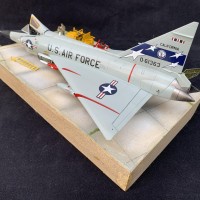
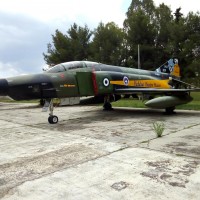

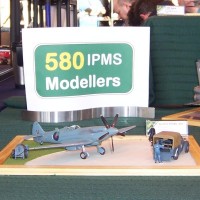
Looks like a truly hellish place to fight a war at. Hope you had a submersible case for your camera when taking the under water shots.
Yes I had an underwater case for my Hasselblad-500EL 70mm camera. During the 1950's & all of 1960 I spent over $10,000.00 for professional movie and still cameras, plus a full blown film laboratory to edit, develop and print film.
Any place on earth was a "hellish" place to fight a war. You should take a vacation to the islands of Micronesia and see where the "Jap" soldiers had to fight to their death's to keep the "G I" out.
Two of my friends were American Marines and told the story about how they hid behind other dead Marines, just to stay alive.
Interesting photos.
Beautiful pictures.
Your photography is of high quality.
What kind of camera did you use for these pictures?
I used the most sophisticated camera that a professional photographer could buy. It was called a "Hasselblad500EL," which was a 70mm x 70mm square format. You could load a 12/24 exposure roll of film in the cassette's. Or you could buy the 70mm back and load in a 70 exposure roll of film. It was an electric camera that advanced the film after each exposure. You had to manually focus the camera and set your "f" stop by taking a light meter reading from your special $300.00 Gossen-LunaPro light meter. I'll find a photo of the camera and send it to this site.
5 attached images. Click to enlarge.
Almost what they used on the moon to shoot all those famous photos. Use a very manual Rolleicord 6x6 at times myself, quite vintage.
The "MOON" camera was made by the company that made my camera, but it was somewhat different.
A photographer came to Samoa in 1976 with his Rolex 6x6 or maybe it was a 6x4 camera.
Why Hasselblad made a square format is beyond me as I drew an outline on my viewing screen for 8x10 horizontal and vertical photos.
I guess square format was not uncommon at the time, for one. Also, using the central portion of the lens area is ensuring higher resoloution. A square format can be edited later into any dimensions without losing image quality. I guess the numbers of cameras sold by Hasselblad, Rollei, Mamiya etc. are proof enough of quality and versatility.
QUESTION to Stellan:
Do you mean... "I" used a ...6x6...
cause you only say: USED
Great photos Rodney - hard to square the scenery with the terrible battlefield we all know was there.
Many thanks
I was a paper-boy of 10 years old when the war started with the "JAP'S" bombing Pearl Harbor. I got to read the newspaper headlines everyday.
To go to some of these island's 25+ years later was a real treat for me, cause I was on a paid-in-full photography assignment. The photo of the housing complex was where the Jap's kept Amelia Earhart and just before the G'I's invaded, they took her and Fred out of the jail and shot them. A lady showed me where they were buried!
WOW! What more can you ask for?
Good stuff, Rodney. I always wondered why you had travelled to the South Pacific. Now I know...the rest of the story.
Speaking of stories, in a prior life, part of my work dealt with cars and their license plates. One day, some time ago, I ran across a car that had a license plate that looked official, but had the letters "CNMI" where the state's name would usually go. I had no clue what "CNMI" stood for, and neither did any other person that I worked with. Well, after doing some research, it turns out that "CNMI" stands for the "Commonwealth of Northern Marianas Islands" which, of course includes the island of Saipan. Guam is also included in this US territory. I had no idea that the Marianas are still a US protectorate, and, in fact, are the western-most extent of US territory in the Pacific.
Thanks for the great pix and story, Rodney.
My reason for going to the South Pacific in 1971 was "two-fold." The first fold was: I was being paid to go to American Samoa and take movies and still photos.
The second "fold" reason was that I married an American Samoan lady in San Francisco, CA in 1962. By 1971 we had 3 kids, so they went with us to my wife's homeland.
By the time I got to the islands, the different churches convinced the ladies to cover their breasts.
During the 1950/60's I use to s.c.u.b.a. dive in Mexico, so I bought 2 complete U.D. DIVER's diving tanks and used them in Samoa for my sojourn to the island's of 7 years.
I found some more photos, so here they are. Me scuba diving, my wife, and one of many beautiful beaches in Upolu,Samoa!@@@@
Enjoy
3 attached images. Click to enlarge.
Those are truly wonderful pics, Rodney @f2g1d!
Hasselblad?
Gossen?
You are the man!
Call me nuts, but the magic of film, even digitised through the scanner, is evident!
Oh, and I believe every "paradise" is hell when you have to fight there...
If you look behind me standing you will see my Gossen-LunaPro light meter lying on the coral near the Samoan "FALE" (home in English). I was part of a team that went to the island called "Tau, Manua, Samoa," in 1972 to make the 16mm color movie of the local guys cutting down a jungle tree, then cutting it into board's and making a "VAAlO," an out-rigger canoe, which was about 40' long by 18" wide that two fishermen could sit in and paddle out in the Pacific Ocean and catch fish with their home made fishing hooks tied onto coconut "senate" rope, which is made out of dried coconut husk fibers that are about 4"-6" long fibers. Most of the senate ropes are at least 100 FEET LONG.
I have a 16mm color copy of the film from 1972, which I had transferred to a digital disk.
All my PhD's came from the "COLEDGE OF EXPERIENCE" and I do have a copy of my 1950 Coventry High School Diploma.
To end my comment's on square camera format's, I never seen anyone in my many travels using a Hasselblad; (Blad). There were a couple dozen photographer's in Tahiti at the "4th South Pacific Games" and none of them had a "Blad," nor did I see one on any of my assignment's while traveling all over the Pacific Island's. (1971-1977).
In the late 1970's I got hired in Oakland, California to be one of several still photographer's to photograph a 10 day event of lady model's modeling lady's clothing. I'm the only guy using a "BLAD."
I sold all of my camera's in the mid 1980's after I got heavenly involved in building plastic model airplanes for clients, but I did use a 35mm film camera for those photos. After the invention of the digital system I started using a digital camera. The rest is history !
I enjoyed your photos of Saipan in 1974 very much. Most of the places I could recognize right away, but I am curious about the location of the "Bunker Bar." Your photos also helped me to identify the location of one of my father's pictures from the late 1950's. Thank you for sharing these.
I think the "Bunker Bar" was a "Jap" pill-box right on the beach, where they built the new "PanAm" Hotel.
Thank you for the reply. I passed along the link to your photos to a number of people. One of them is an author who lives on Tinian and has written several books about the history of the Marianas. He asked me what I knew about the photos and the possibility of using them in an upcoming book. I told him I would mention it to you if I was able to make contact. Please let me know what you think of the idea.
To "G Boothe."
My only contact is my "business" email address of:
[email protected]
You and he can contact me there.
Rodney J. Williams
Irvine, CA
[email protected]
Hi Rodney. After our initial email, I have been trying to contact you repeatedly with no luck, so I thought I would try here again. I wonder if the problem might be related to the automated reply I always get from your email software, about having broken ribs and wishing happy holidays. Just a possibility. I hope to hear back from you.